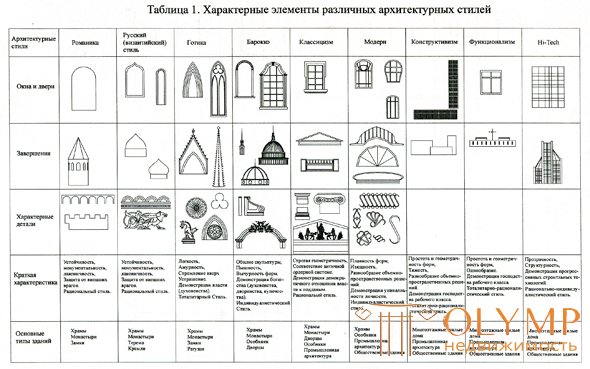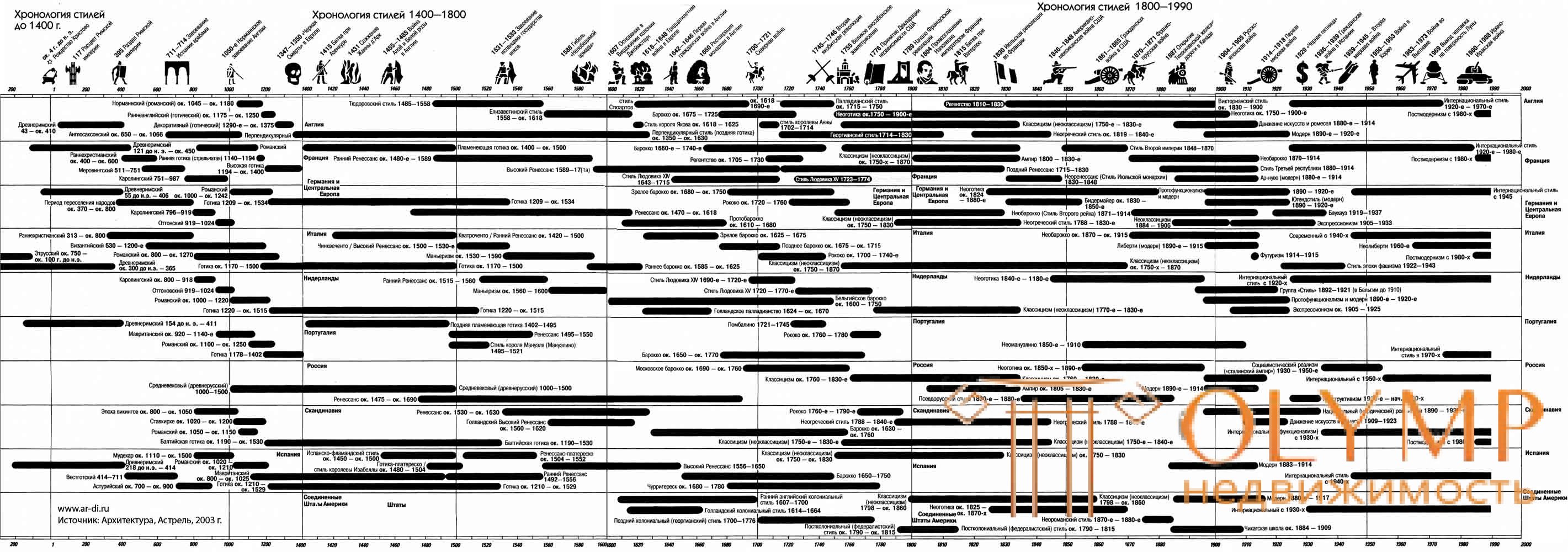
Defining style is one of the most difficult tasks.
The term "style" came into use in ancient rhetoric, then spread to art and up to the nineteenth century. used only in art criticism and aesthetics.

In the twentieth century. the scope of the use of the concept of "style" began to spread rapidly. One of the first in their conceptual apparatus the concept of "style" included cultural scientists (O. Shpengler did it first). Modern ideas about style are ramified and multilateral, not consolidated into a single theory of style, there is no strict definition of its essence, knowledge of certain aspects is not brought into the system, the “legitimacy” of the wide distribution of this term has not been clarified. This problem is widely discussed in art history and cultural studies. Serious studies of the style of the most recent years belong to the works of E. Ustyugova, she believes that "the present stage of cultural studies is the time when the creation of a general theory of style as a universal phenomenon of culture is possible." At the end of XIX - beginning of XX century. Style is one of the central categories of cultural studies. The task of understanding the culture in its integrity, the explanation of the historical dynamics and originality of the historical stages of development turned researchers to style. According to Spengler, “style unites the totality of all manifestations of culture into one enormous integrity of spiritual expression, gives its forms a definite and unique unity of appearance, thereby distinguishing one such unity from any other.”

The style of culture represented the most important "space-time" characteristic of the historical and cultural movement, "reducing" the contradiction between the process and state. He made it possible to present such a complex, heterogeneous formation as a culture in the form of integrity, having an individual character and a unique look that distinguishes one type of culture from another. It is not by chance that O. Spengler considered the style to be the “prafenomen” of culture, creating and ensuring the integrity of the era, as the embodiment of the “demonic impulse”. More prosaic-minded researchers called it "the will of expression" or "the immanent attraction or onslaught of form (Formdrang)." Such a dual nature of style as form and expression was formulated at the beginning of the twentieth century. G.Völflin - representative of the Vienna school. The most organic sphere of combining style with material activity, in the opinion of E. Ustyugova, is art. Style is an active force shaping the artistic image. In an artistic form in which style is included as an essential layer of meaning, content and material are inseparable. The peculiarity of the artistic style is that it is the most "sensually vivid, ontological."
Art turns out to be the area of culture where style-making unfolds most fully, at all levels of shaping, united by aesthetic integrity.
So the Romanesque, Gothic and Byzantine styles are distinguished not only chronologically or geographically, but primarily by a special system of symbolic hierarchies, however, not mutually isolated basis).
Since the Renaissance, the category of style has also become ideologically separate. Only now style becomes style, “since the sums of cultural phenomena that were formerly related to each other due to regional or religious community are equipped with critically evaluative categories in the historical process (for example, gothic, representing decay and“ barbarism ”for Renaissance,” becomes ” “national artistic identity for the era of romanticism.” The whole history, starting from this milestone, begins to be stylistically understood or “stylized.” Historicism, that is, human time as such, is separated from historicism, that is, The image of this time, which is expressed in various kinds of retrospectives. “Psychologization” of the concept in the XVII-XVIII centuries is further strengthened: R. Burton’s words “Style is (arguit) of a man” and Buffon “Style is a man” predict psychoanalysis from a distance, showing that about revealing, even exposing the essence. " The famous formula "style is a man" is fair. It is not by chance that many researchers associated the notions of “style”, “life”, “activity”, and “person” both individually and historically, when an appropriate style emerges from a certain historical warehouse of a person (for example, a Gothic person is a Gothic style).
In each case, one has to say: "Rubens style", "Poussin style", "Rembrandt style", "Vrubel style" implying bright and unique manifestations of Baroque, Classicism and Modern in its originality.
Pure styles in art does not happen. All works of art "live their real life" in historical time and space, and the boundaries between styles can be carried out "only in the abstraction of scientific research." But the concept of style should be distinguished from the concept of stylization.
Что бы оставить комментарий войдите
Комментарии (1)
Ссылочку на таблицу можете скинуть?